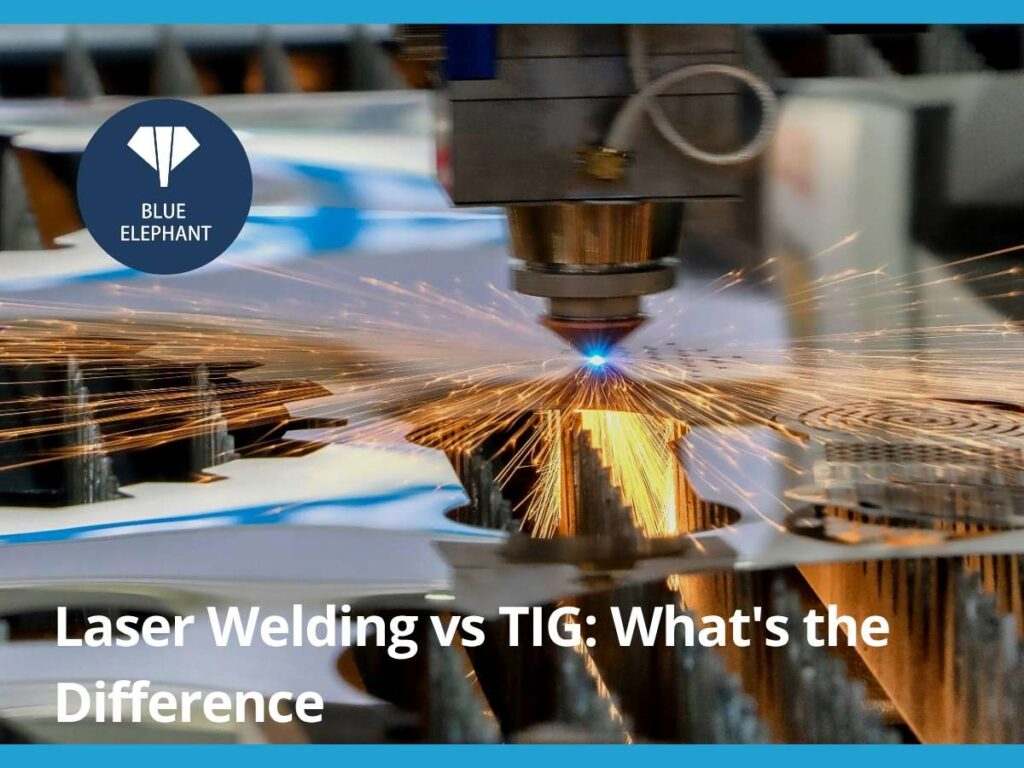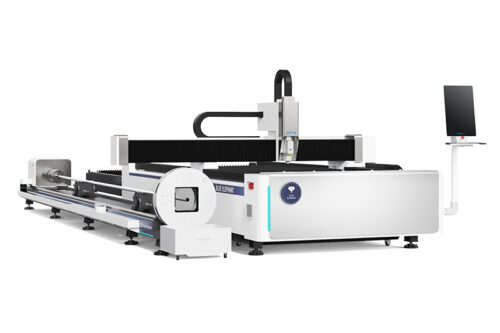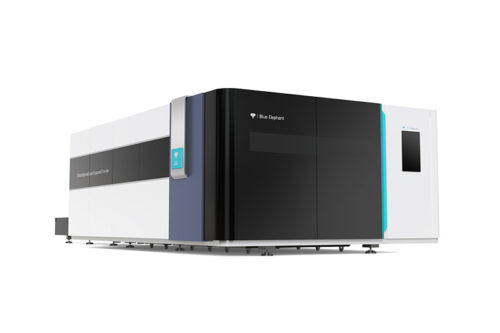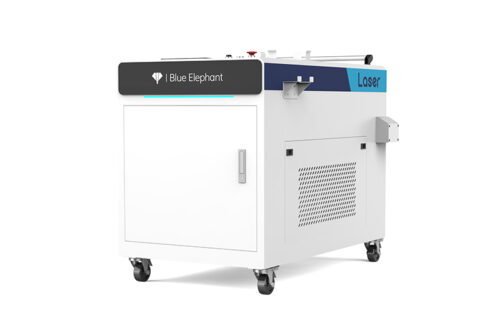I’ve seen welders struggle for hours trying to perfect a TIG weld, only to realize laser welding would have done the job in minutes. Precision, speed, and cost all come into play when choosing a welding method, but many businesses stick to what they know instead of what works best.
If you’re comparing laser welding and TIG welding, you need more than surface-level information. You need a clear breakdown of when and why each method works.
With experience across multiple manufacturing sectors, I’ve analyzed these welding processes in real production settings. This review goes beyond theory to show the practical impact on efficiency, cost, and product quality.
By the end, you’ll have the knowledge to make an informed decision. No wasted resources, no second-guessing, just the right choice for your business.
Let’s dive in!
1. Heat Source and Energy Transfer
When you’re comparing laser and TIG welding, the conversation has to start with how heat is created and delivered. This part really sets the tone for everything else, speed, precision, even long-term equipment wear.
Laser welding uses a high-powered beam of light to melt the metal at the joint without ever touching the workpiece. It’s focused, intense, and ideal when you need to minimize contact and localize the heat.
TIG welding relies on an arc formed between a tungsten electrode and the metal surface, with a shielding gas to keep the weld pool clean. The arc spreads heat more broadly, which gives you more flexibility for different joint configurations or thicker materials.
- Laser welding produces concentrated heat using a non-contact beam. This method keeps surrounding metal cooler and reduces risk of heat damage.
- TIG welding applies heat through a wide, steady arc with filler control. It offers hands-on precision but with more thermal spread around the joint.
- Laser is ideal for tight, clean seams where every millimeter matters. It’s commonly used in electronics, battery packs, and thin-wall components.
- TIG works better when the job involves thicker materials or varied joints. You’ll appreciate the arc control when you need deep penetration or manual finesse.
If your parts are small, sensitive, or need consistent energy delivery, laser wins. But for more traditional builds and repair work, TIG still makes a lot of sense.
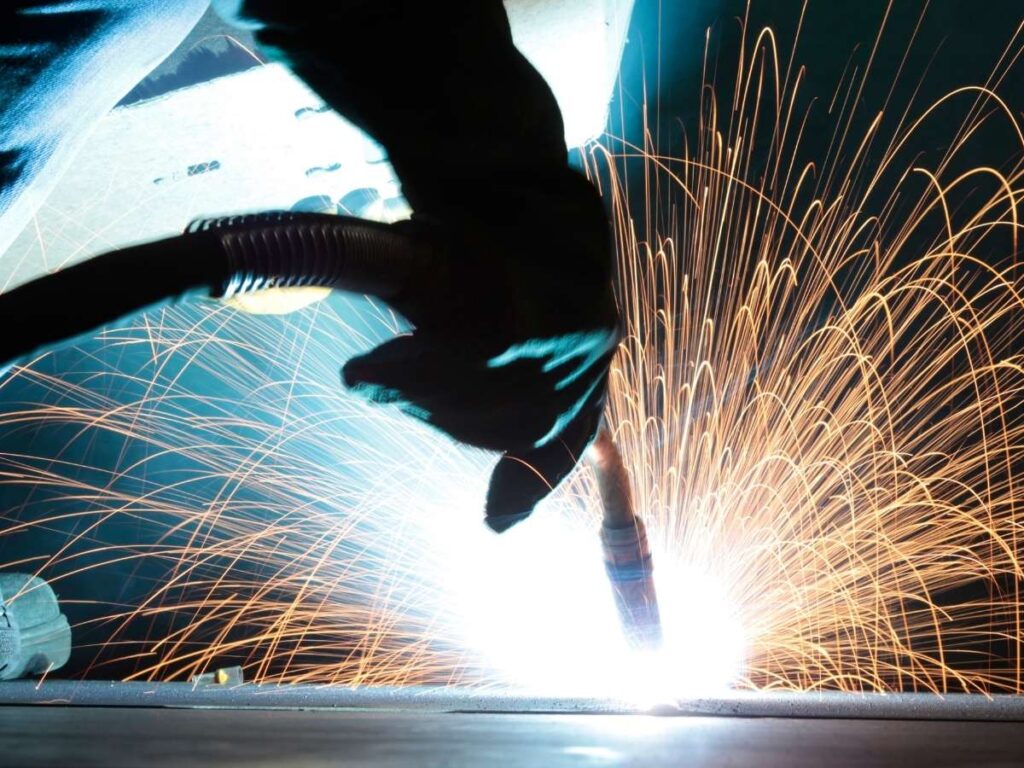
2. Precision and Heat-Affected Zone (HAZ)
Let’s talk about distortion, because nothing’s more frustrating than a perfectly welded part that no longer fits where it’s supposed to. This is where the differences in precision and heat control start to show up in real-world performance.
Laser welding is built for precision. The heat-affected zone is tiny, and that means the surrounding metal stays cool, stable, and just the way you designed it.
TIG welding still gives you solid precision, especially with a skilled operator, but the broader arc creates a larger HAZ. That can lead to warping, discoloration, or mechanical stress in thinner or more sensitive parts.
- Laser welding keeps the HAZ narrow and the part geometry stable. You’ll spend less time fixing distortion or reworking warped assemblies.
- TIG welding has a wider HAZ and more potential for heat-related changes. This isn’t always a problem, but it can be on delicate or dimension-critical parts.
- Laser delivers consistent precision across automated production runs. It’s ideal when you’re making hundreds or thousands of the same thing.
- TIG gives you flexibility to fine-tune each weld by hand. That’s a major asset on one-off jobs, prototypes, or repairs where no two joints are alike.
So if you’re welding components that need to stay dimensionally accurate with minimal post-processing, laser is usually the safer bet.
3. Speed and Efficiency in Welding
Once you’ve got the basics down, the next big question is: how fast can you actually get parts out the door? Whether you’re working in a high-volume production shop or running a lean operation with tight deadlines, welding speed can make or break your workflow.
Laser welding is impressively fast, once it’s dialed in, it can move through parts at several meters per minute with minimal downtime. TIG, on the other hand, is more deliberate and hands-on, which makes it slower but often more adaptable for unique or variable parts.
- Laser welding is built for speed and shines in repeatable, high-throughput jobs. It’s ideal for automated lines where you want minimal interruption between welds.
- TIG welding is much slower, especially when done manually with filler rod. It takes time to set up, maintain arc control, and complete each pass.
- Laser processes often eliminate the need for cleanup or finishing. That shaves off time in post-processing and helps parts move straight into assembly.
- TIG may require grinding, brushing, or surface touch-ups after welding. The extra steps can add up, especially in busy shops juggling multiple jobs.
If your goal is fast, consistent output with minimal handling, laser gives you that edge. But if you’re welding prototypes or custom jobs, TIG gives you time to adjust and finesse.
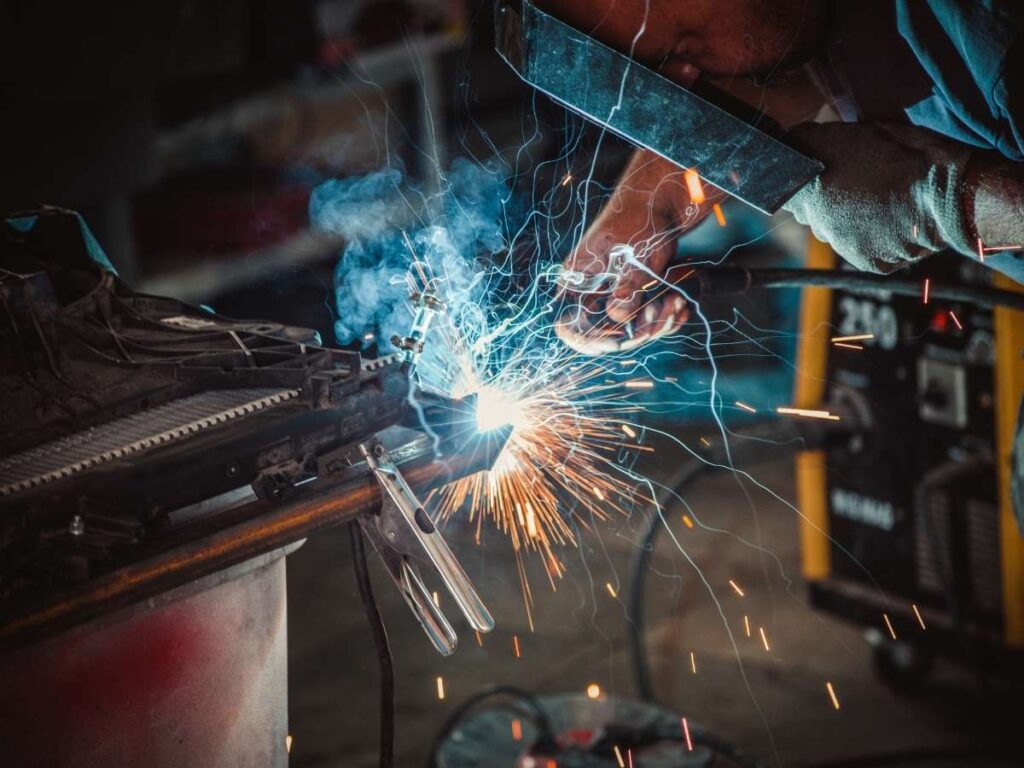
4. Suitability for Different Material Thicknesses
Not every job uses the same material thickness, and the welding method you choose should be able to handle that range without struggle. This is where you’ll see some pretty clear trade-offs between TIG and laser.
Laser welding is excellent for thin to moderately thick materials, but it starts to hit its limits as metal thickness increases beyond 6 mm. TIG, while slower, has a much broader comfort zone and can weld everything from razor-thin aluminum to thick steel plates.
- Laser welding is best for sheet metal, tubing, and lightweight assemblies. It produces clean welds without overheating or blowing through the material.
- TIG welding is more forgiving when working with thick or inconsistent stock. It lets you build heat gradually and adjust as needed mid-process.
- Laser can weld thicker parts in multiple passes or with hybrid processes. But that adds complexity and often requires higher-power equipment.
- TIG works with virtually any metal thickness if you have the time. It remains a go-to for structural components, repair work, and variable material conditions.
So if your work leans heavily toward thicker weldments or unpredictable stock, TIG keeps things manageable. But for high-precision thin parts, laser keeps the heat exactly where you need it.
5. Automation and Operator Requirements
I’ve worked with shops that couldn’t find skilled welders fast enough, and others that were ready to scale but didn’t want to rely so heavily on manual labor. That’s when automation becomes a serious factor, and that’s also where laser and TIG take very different paths.
Laser welding is built for automation. It can be integrated into robotic cells, CNC machines, and inline production systems, giving you consistent results with minimal operator input.
TIG welding, on the other hand, still relies heavily on skilled human welders. Even with semi-automated setups, you need trained hands and eyes to manage the arc, feed filler, and control the puddle.
- Laser welding fits naturally into automated production environments. Once programmed, the system runs with repeatable accuracy and very little downtime.
- TIG welding requires manual attention, skill, and experience for each weld. Even small inconsistencies in torch angle or filler timing can affect quality.
- Laser systems reduce dependency on labor and help scale production faster. This is a major benefit if you’re dealing with workforce shortages or rapid growth.
- TIG offers more flexibility when working on custom or irregular pieces. It’s still the preferred method for shops that handle unique jobs every day.
So if automation is part of your long-term plan, laser sets you up for growth. But if you need daily flexibility and skilled handwork, TIG keeps you adaptable.
6. Cost Considerations for Equipment and Operation
Cost is usually the deal-breaker, or at least the part that makes people pause. It’s not just about the upfront equipment price; it’s the long-term operational costs, labor, and maintenance that add up over time.
Laser welding requires a significant investment upfront, especially if you’re going for a high-powered system with automation. TIG, by comparison, is much more affordable to get started with, but it comes with higher labor costs and longer job cycles.
- Laser welding systems are expensive to purchase and install. You’ll likely spend six figures if you’re going all-in with robotics and automation.
- TIG welding machines are far cheaper and easier to set up. Even top-tier TIG units are affordable for small or mid-sized operations.
- Laser pays off over time through faster output and lower labor costs. It’s especially cost-effective in large-scale, repeatable production environments.
- TIG requires more operator hours and consumables per job. That makes each weld more labor-intensive and potentially more expensive in the long run.
If you’re running high volume and thinking long-term, laser can save more than it costs. But if your shop is project-based or just starting out, TIG gives you better financial flexibility.
7. Strength and Durability of Welded Joints
At the end of the day, the weld needs to hold, whether it’s going on a trailer frame, an engine bracket, or a medical device. Strength and joint durability are non-negotiable, and both TIG and laser have their strong points here.
Laser welding can produce very strong welds when the joint is tight and material prep is flawless. However, it’s less forgiving when fit-up isn’t perfect or when parts have gaps or surface contaminants.
TIG welding is widely trusted for producing structurally sound, reliable joints. It’s more tolerant of imperfect prep work and lets the operator fine-tune every pass as needed.
- Laser welds are strong and clean under the right conditions. But they demand tight tolerances and clean surfaces to perform at their best.
- TIG welds are dependable even when materials aren’t perfect. Skilled welders can adjust on the fly and adapt to the job’s specific needs.
- Laser works best for cosmetic, high-precision joints under low to moderate loads. It’s a great option when strength is needed but aesthetics also matter.
- TIG handles critical joints in structural, pressure-bearing, and load-carrying applications. It’s the go-to for heavy-duty work that has to hold up over time.
If strength under varying conditions is the priority, TIG gives you more breathing room. But in controlled environments with precise prep, laser gets the job done cleanly and efficiently.
8. Tips to Consider When Choosing a Welding Type
I’ve helped a handful of shops work through this exact decision, and I’ve found that the answer usually isn’t about specs, it’s about the shop itself. So if you’re still weighing your options, here are a few simple questions I like to ask during these conversations.
Are Your Parts High Volume and Consistent?
If so, laser is likely the winner. It’s built for repeatability and thrives in production environments where parts come off the line in the same shape every time. You can dial in the process, run it on automation, and get identical results all day long. For large batch orders or fixed-geometry welds, it’s hard to beat.
Do You Make Custom Components or Prototypes?
In that case, TIG might be a better fit. It gives your welders more freedom to adjust on the fly, which is important when every job is slightly different. You can tweak angles, filler usage, and heat levels in real time without reprogramming a machine. For one-offs, specialty jobs, or anything that’s still evolving, TIG gives you flexibility that a laser just can’t.
Do You Have Skilled TIG Welders on Staff?
If you do, lean into that advantage. A talented TIG welder can produce high-quality, reliable joints across a wide range of materials and joint types. If not, and you’re struggling to hire or train new staff, it may be time to look into laser systems with automation features. They’re more consistent and scalable once you’ve got them running.
Are You Concerned About Heat Damage or Distortion?
If your parts are thin, sensitive, or built to tight tolerances, laser welding is probably the safer bet. The small heat-affected zone keeps the surrounding metal stable, which reduces the chance of warping or stress cracks. This is especially important in industries like medical, electronics, or aerospace where post-weld rework just isn’t an option.
Conclusion
I remember the first time I had to choose between laser and TIG. I didn’t know what I didn’t know.
Now you do.
You’ve seen how they differ in speed, heat, cost, and fit. You know where each one wins.
Laser welding is perfect for fast, consistent production. TIG is powerful for custom, flexible jobs.
Still not sure what works best for your shop? Let’s figure it out together.
Contact us today at Blue Elephant, and take the first step toward smarter welding.
Check Out These Additional Resources
Need more ideas? Browse through our extended range of products and discover something new:
Still haven’t found what you’re looking for? Don’t hesitate to contact us. We’re available around the clock to assist you.


